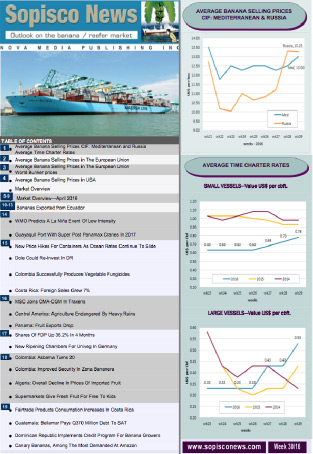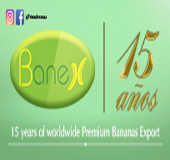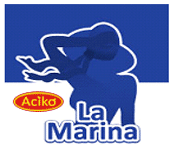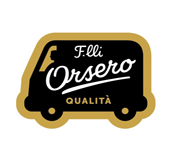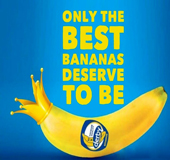Ecuadorian Banana Sector Assesses Impact of VAT Increase
2024-04-05
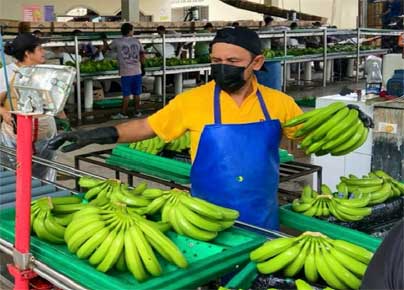
The value-added tax (VAT) is nearing the end of its first week since the increase from 12% to 15% took effect on April 1 in Ecuador. Export-focused productive sectors are evaluating the impact of this hike, determining whether they can absorb it or if it will be reflected in the final price of their products, such as the banana box. The banana sector is conducting these analyses amidst a 3% decrease in fruit exports in January and February of the previous year, translating to approximately two million fewer boxes exported compared to the same period in 2023.
Last January, the Banana Cluster, which includes the two significant banana exporter associations of the Andean country, expressed its support for the VAT increase proposed by the Executive. The primary argument was that the three-percentage-point rise in the VAT rate would not affect products in the basic food basket, medicines, transportation, and essential services. It is projected to generate approximately $1,292 million in additional revenue for the State in 2024.
Richard Salazar, Executive Director of the Association of Marketing and Export of Bananas of Ecuador (Acorbanec), part of the Banana Cluster, acknowledges that the VAT increase will impact the sector but emphasises that the real impact will be minimal.
He explains that most fieldwork services and products do not generate VAT, such as purchasing agricultural inputs, fertilisers, and aerial spraying. However, due to the fuel these aircraft use, there will be an adjustment and a slight impact on the price. A similar effect is anticipated in transportation, a service that does not generate VAT but could see an adjustment due to the fuel that does incur this tax. Meanwhile, VAT is generated at the farm level to purchase items for the renewal of pumps and permanent equipment on farms, such as pumping systems, irrigation, cableways, and the rental of machinery to maintain drainage systems. Salazar also highlights that VAT increases will occur in the logistics part, such as quality inspections that require hiring third-party services to verify the quality of the fruit. For example, removing containers from the yards, shifts, satellite tracking, and port services within the local expenses of shipping companies generate VAT.
He reveals some of the costs of these services. For instance, removing containers from the yards is charged at $50 per container, which now incurs 15% VAT, i.e., $7.50, an increase of $1.50 compared to the $6 paid when the VAT was 12%. The satellite tracking service, which costs between $30 to $40 per container, increases due to the VAT hike of between $0.90 and $1.20 per container. However, he clarifies that some suppliers of products and services for the sector absorb part of the increase so that the final price is not altered and does not negatively impact customers.
"In general, although it sounds like three percentage points more in the banana sector, it will not have much negative impact," says the Executive Director of Acorbanec.

